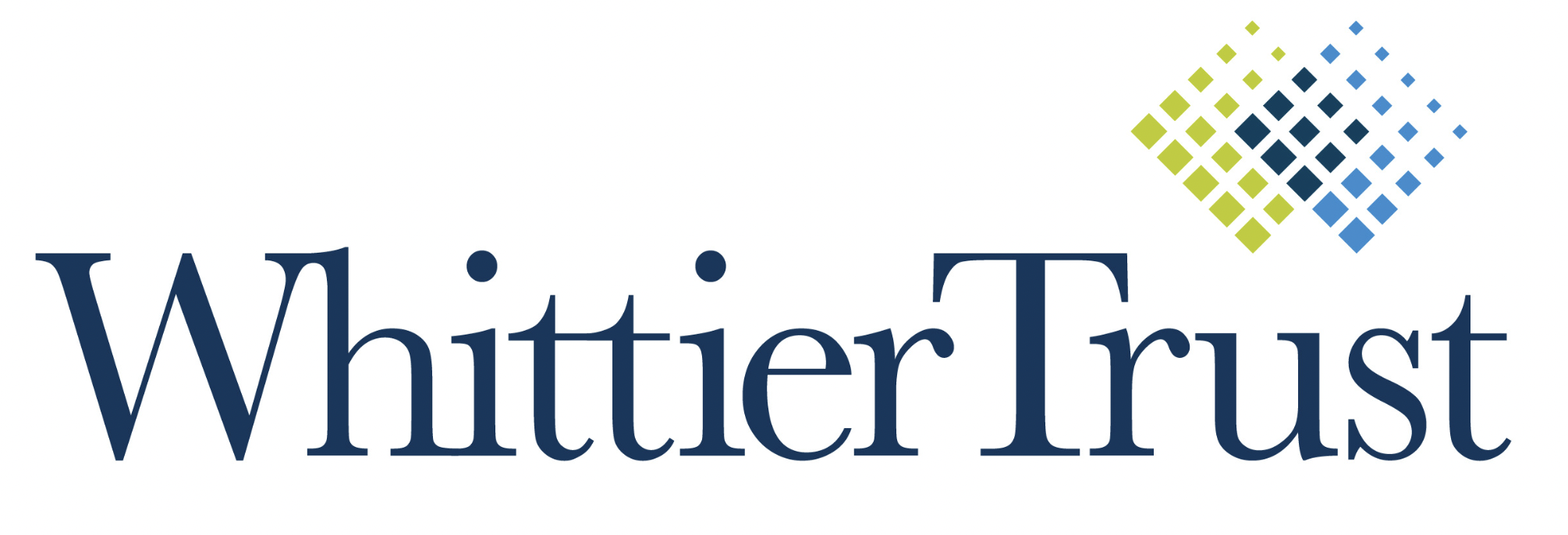Strategic year-end giving is a win-win for all.
Many people are philanthropic all year long—from volunteering with a favorite charity to donating when a disaster occurs. However, as the calendar creeps toward the end of the year, philanthropic individuals are reminded of the financial planning benefits of giving. While year-end is typically the most generous season of all, it’s best not to wait until Thanksgiving to think through your charitable plan. “It’s ideal to be selective and strategic in your giving,” says Ashley Fontanetta, senior vice president of Philanthropic Services at Whittier Trust. “By taking the time to work with your advisors and create a well thought out charitable plan, you’ll maximize the benefits available both to you and to the charities you support.” Here are some things to keep in mind as you prepare to make donations at the end of the year and beyond.
Quick tips for year-end giving
There is extra motivation to give in December when you realize that you’re running out of time to obtain valuable charitable deductions for that tax year. However, when time is limited, it’s easy to make short-sighted decisions that may not be maximizing your opportunities. Here are a few ways you can supercharge your giving between now and year’s end:
- Look across your balance sheet. Charitable gifts don’t always need to be made in cash. Beyond your checkbook, there may be excellent tax benefits to making gifts of appreciated stock (held longer than 1 year), real estate and even privately held business interests. Complex asset gifts should always involve the guidance of an experienced advisor.
- If you’re 70 ½ or older, you may make a charitable donation (called a qualified charitable distribution) of up to $100,000 per year directly from your IRA to charity.
- While you’re at it, consider naming your favorite charity as the remainder beneficiary of your retirement account. Doing so allows you to make your intended charitable gift from the IRA, freeing up other assets to be left to your family—assets that do not generate income tax for the recipient like a retirement plan would.
- Give directly to a public charity. Whether it’s a nonprofit organization, a donor-advised fund, or other public charity fund (scholarship, designated, field of interest), donating directly to a public charity, rather than a private non-operating foundation, maximizes the extent of your total charitable deductions for the year, and can be carried over to benefit you in future years.
Plan in advance: Creating a formal charitable entity
With adequate time to plan, many families and individuals see the benefits of formalizing their giving by establishing a charitable entity, like a private foundation or a donor-advised fund. Some of the benefits are:
- Creating a reason for family members to meet and discuss things that matter, such as values, and creating a family legacy of philanthropy
- Enabling family philanthropy to have greater impact by focusing on one, cohesive mission statement
- Creating opportunities for the rising generation to learn about financial stewardship
- Fostering a family ethos that wealth can be a force for good
- Dramatically simplifying record-keeping at tax time
- Ability to make creative gifts, i.e., gifts to foreign charities, for-profit mission-aligned companies or even create your own scholarship program
- Giving through a charitable entity supports strategic charitable planning, both in selecting the assets contributed but also in planning for larger, multi-year and pivotal gifts for the organizations
Using a formal entity to implement your charitable plans is a best practice. By working with an advisor who specializes in philanthropy, you’ll ensure that you’re choosing the right course of action to align with your charitable goals and maximize the deductibility of your contributions.
Simplicity and impact: Introducing the donor-advised fund
“If year-end is looming and you’d like a simple solution to both buy yourself some time and maximize your deduction, consider establishing a donor-advised fund (DAF), or similar vehicle like a designated fund,” Fontanetta says. While establishing such a fund requires slightly more work than simply writing a check, they are much simpler and lower cost than creating a private foundation. Some of the benefits of creating a DAF or designated fund include:
- Allows for the greatest overall amount of deductibility available for contributions of all assets, including cash, stock and real estate
- The vehicle can be used to convert stock or other alternative assets to cash without paying capital gains tax, preserving the full value of the simplifying gift acceptance for the charity
- The main difference between a DAF and designated fund is that a DAF can give to any charity, while a designated fund is specified to support one charity only. A perk of the designated fund is that it can accept IRA-required minimum distributions
- Some DAFs allow donors to name unlimited successor advisors, providing a way to keep your family members involved in giving for generations
- Grants from DAFs are considered “public support,” which can benefit grantees
- Currently, there’s no requirement for a minimum annual distribution and no need to file a tax return for either of these entities
Legacy and governance: When a private foundation is the best option
Private foundations are still a great choice, but you should consider a few things before establishing one. If time is of the essence for year-end giving, a private foundation may not be in the cards, since creating one takes time. It’s recommended to first consult with a philanthropic advisor to make sure a private foundation is a fit for your goals. Some of the benefits of a private foundation are:
- You can use the foundation to pay reasonable, related expenses like educational conferences, travel, meals and accommodations for meetings and charity site visits
- It’s possible to pay salaries for management or stipends for board service, including to family members
- There is an option to convert the foundation to a DAF if you change your mind or if priorities change down the line (although this process can be costly due to legal fees involved). The opposite is not true. Once funds are given to a DAF, they cannot be used to fund a private foundation
- You can always open both a DAF and a private foundation to achieve greater flexibility, including deductibility of donated assets and anonymity in grantmaking
Want to really make a difference? Connect with the organizations you care about
Once you’ve decided on the right approach to manage your giving, it’s important to consider which cause areas and nonprofits best align with your philanthropic goals and interests. Once you’ve identified a nonprofit, it’s helpful to ask some questions to determine how best to support them. “I highly recommend communicating with the charity you plan to support, either directly or through an advisor,” says Fontanetta. “Donors should see themselves as partners with the organization, providing essential capital to fuel their work and achieve shared goals.”
- A good starting place is to ask what the organization’s greatest needs are. Your gift could help them reach an important milestone or complete a pivotal project or campaign. For many organizations, year-end giving is a vital part of fundraising.
- If you believe in the nonprofit’s leadership, consider making a multi-year commitment of support. This will help your favorite organization plan their operations with your committed support in mind.
- If you want to give non-cash assets, such as stock or real estate, make sure the organization is able to accept the gift. Some organizations may not have the infrastructure in place to receive non-cash gifts, and the unexpected receipt of such a donation may create unnecessary complications.
- Be mindful of the “related use rule.” If you plan to contribute tangible personal property—a vehicle, for example—a full fair market value deduction is only given if the receiving charity uses the vehicle in a way that is related to its charitable purpose. If the charity plans to sell the vehicle immediately and use the proceeds to support programming, the donor’s deduction will be limited to its cost basis. It’s important to discuss such gifts with the organization well in advance to establish an understanding of how they will use your donated item to further their charitable purpose.
“While tax benefits are a powerful motivator for giving, most of our clients truly want to help the organizations they support,” Fontanetta says. With that in mind, it’s important to remember that although year-end giving is crucial for nonprofit organizations, funding is needed all year round. “In a perfect world, donors will start thinking about their charitable intentions early in the year. I often see donors run out of time to accomplish their most effective giving plan before year end. But, regardless of when you start,” she says, “thoughtful and strategic giving is a win-win for both donor and charity.”
From Investments to Family Office to Trustee Services and more, we are your single-source solution.

